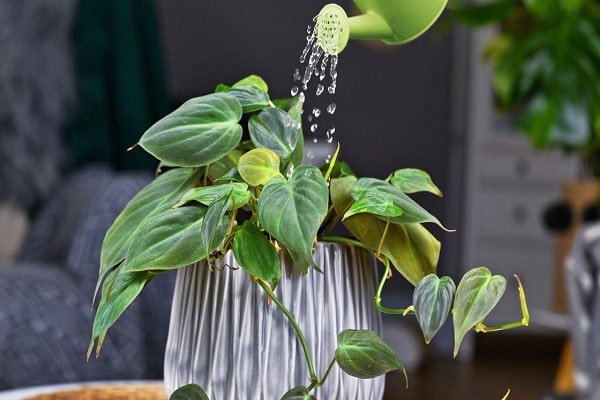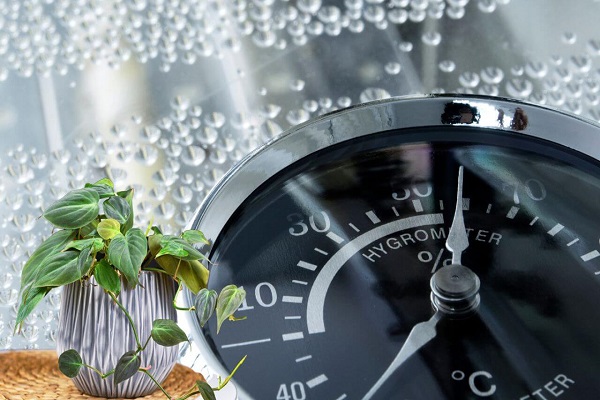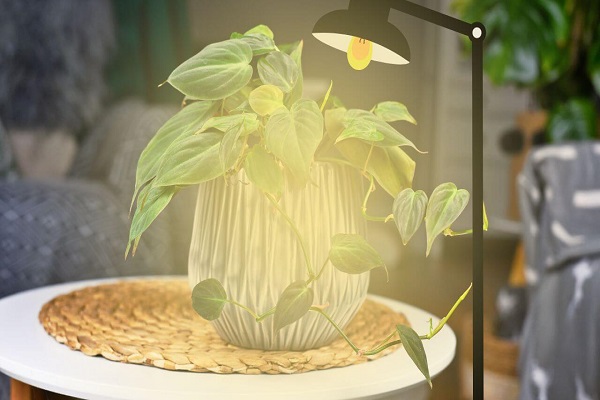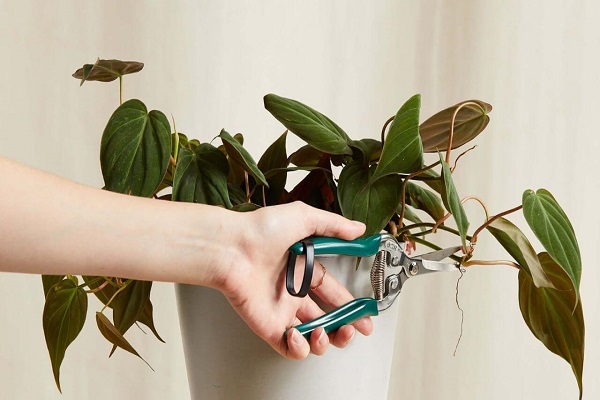Philodendron Micans is a beautiful and popular plant known for its vibrant green leaves that have a velvety texture. It is a member of the Araceae family and is native to Central and South America, where it grows as a vine in the rainforests. The plant is commonly grown as a houseplant because of its low maintenance requirements and its ability to thrive in a variety of indoor conditions.
Philodendron Micans is also known for its air-purifying properties, making it an excellent addition to any home or office. In this article, we will explore the features and care requirements of Philodendron Micans, along with some tips on how to propagate and maintain this beautiful plant.
Quick Navigation
Philodendron Micans Plant Basic
| Botanical Name | Philodendron hederaceum |
| Common Name | Philodendron micans, velvet-leaf philodendron |
| Family | Araceae |
| Plant Type | Trailing vine, houseplant |
| Origin | North America, Central America |
| Adult Size | Evergreen climber growing to 3–6 m (10–20 ft), with heart-shaped glossy leaves to 30 cm (12 in) long |
| Soil Type | Well-draining soil, rich with organic matter |
| Soil pH | Between 5.0 and 6.5 |
| Exposure to sunlight | Bright, indirect light |
| Water | 0.8 cups of water every 9 days |
| Preferable fertilizer | Balanced all-purpose fertilizer |
| Flower Color | Green, white |
| Bloom Time | Spring, summer |
| Toxicity | Toxic for pets |
Instructions for the Propagation of Philodendron Micans
These beautiful plants are hard to find, but once you have one, they are easy to grow more of. You can make new plants from stem cuttings in just a few easy steps:
- Take stem cuttings from healthy Philodendron micans with a sharp pair of scissors or pruning shears. Make sure each cutting has about 4-5 leaves/nodes.
- Cut off the two leaves at the bottom of each stem so you can see the nodes along the stem.
- Place the stem cuttings in water, ensuring that only the bare stem is underwater. Then put the cuttings where they will get medium to bright indirect light.
- In a few weeks, roots should start to grow. Check the water level often to ensure that the stem’s nodes are always submerged.
- You can put the cuttings back in the ground once the roots are at least an inch long.
Before you put the cuttings in the ground, you should wet the soil first and then bury the roots. - Keep the soil moist for the first two weeks to help the cuttings adjust. Then, slowly cut back on watering until you’re back to your normal schedule.
Care instructions for the Philodendron Micans
If you like micans, you should make sure your philodendrons are happy. Here’s how to take care of a micans Philodendron best.
Soil Requirement

Philodendron micans need a high potting mix, well-drained, loose, and full of organic matter. Don’t have something similar? Don’t give up just yet! The best soil for your plant is potting soil mixed with peat moss, vermiculite, or perlite.
If you use regular potting soil, be careful because it can cause root rot and slow the growth of their roots.
Water Requirement

When you want to water this houseplant, you should always look at the top layers of soil. The goal is to ensure the soil doesn’t get too wet or too dry. If the plant has drainage holes, you should water it every one to two weeks.
Make sure to keep the soil moist in the spring and summer. But during winter, you should let the soil dry out between waterings.
You can water the Philodendron micans with water from the tap. But! Salty water can build up in the soil and cause problems in the long run. With a water filtration system, the water is sure to get used.
Temperature and Humidity

The philodendron micans is a tropical plant that does best in hot, humid places. In the average home, all you need to do to keep your philodendron micans happy and healthy is to keep them away from drafty windows or vents. A philodendron micans does fine with the humidity levels in a home, but if you want your plant to grow and thrive, you can give it a little more. At room temperature, your Philodendron micans will grow all year. In particular, the plants do best when the temperature is between 18.3°C and 23.9°C (65°F and 75°F).
Fertilizer Requirement

Velvet leaf philodendron plants don’t have many preferences regarding what they eat. Still, it is best to use liquid foliar fertilizers with micronutrients and macronutrients. This is very useful, especially if you do it often, like once a month.
From June to September, your Velvet philodendron will be in full bloom. Now is the time to take advantage of what you have. Philodendron micans grow quickly, so you don’t have to worry.
Light Requirement

Keep your Philodendron Micans in a place that gets bright light from the side. The amount of light this plant gets will directly affect its health and growth. The plant will grow very slowly if you keep it in partial shade. But direct sunlight will hurt the leaves, making the colors fade and leaving scorch marks.
If you have a room that faces east or west, it will perfect for your Philo Micans. The plant can handle a few hours of direct sun in the morning and evening.
I suggest keeping it at least three feet (90 centimeters) away from a south-facing window. This plant does best with natural light, but you can give it a boost in the winter with grow lights.
Pruning

Your philodendron micans won’t get too tall if you prune them regularly because pruning makes the stems branch out. Since it grows most quickly in the spring and summer, this is the best time to cut back your philodendron micans. Cut any stems that are too long using a clean pair of pruning shears. Save any stems you cut off because you can use them to make more plants.
Some Of The Most Common Problems With Philodendron Micans
When it comes to philodendron micans, you may face four common problems, such as
Diseases & Pests
Philodendron micans plants are hurt by many common pests that attack houseplants. This includes mealybugs, aphids, and scale, often caused by too much watering (a common issue for umbrella plants). Scale is often seen as a sticky buildup around the plant. You can keep spider mites away if you mist your plant with cold water. If there are a lot of bugs, you can kill them with insecticidal soap or neem oil.
Lack of hydration can also lead to leaf spot illnesses. Verify the pot and your watering schedule. Make sure the pot has drainage holes in the bottom, and empty the saucer of any accumulated water.
Curling Leaves
When your plant’s leaves curl, it usually needs more water. This is sometimes easy to fix by giving the plant a quick drink of water, but it could also mean that its roots are too small and can’t soak up the water in the soil. If watering the plant doesn’t help, look at the roots. If the roots aren’t doing well, you can put the plant in water to help the roots grow back. Follow steps 3–7 for propagating your plant to help it grow new roots.
Plant Leaves Dropping
When a plant is growing, its leaves sometimes drop off. You probably don’t need to worry about anything if you occasionally see older leaves falling off. But if you see many leaves falling at once or new leaves falling off, you might not be giving the plant enough water. Make sure your plant doesn’t get too dry between waterings.
Stems With a Mushy Texture
Your micans’ stems are soft because you’re giving them too much water or there isn’t enough drainage. Make sure your plant is in a pot with holes so that water can drain out of it. Also, wait 2 to 3 inches between waterings to let the top 2 to 3 inches of soil dry out.
Frequently Asked Questions
Do philodendron Micans like to climb or hang?
Philodendron Micans are classified as “climbers.” They will actively seek out areas to grow and often wrap themselves around branches and other supports to reach new heights. Some philodendrons will also hang from vines or other supports.
Why is my Micans leaves so small?
There are several potential explanations for why your Micans leaves are so small.
- One possibility is that you may experience a deficiency in one or more of the micronutrients required for leaf growth.
- Another possibility is that you may not provide your Micans with the environment necessary for healthy leaf growth.
- Finally, it is possible that you are growing your Micans in the wrong type of soil or an area with poor air circulation.
Can Micans live in water?
Water is essential for the survival of Micans. They cannot survive in the air or on land. However, they can live in water, and some species of Micans do quite well in water. Micans have several adaptations that allow them to live in water, including a thin skin that can easily dry out, a high moisture retention level, and a respiratory system that can extract oxygen from water.
Final Touch
Both the propagation and maintenance of philodendrons are simple tasks. Once you have a firm grasp of the fundamentals, propagation will a piece of cake. It will blossom if you give your philodendron a bit of TLC and follow these easy steps.

My name is Md Robiul Islam and I’m a plant enthusiast. I like to have a garden and research different plants. I also have an interest in environmental science and would like to work in that field in the future.


